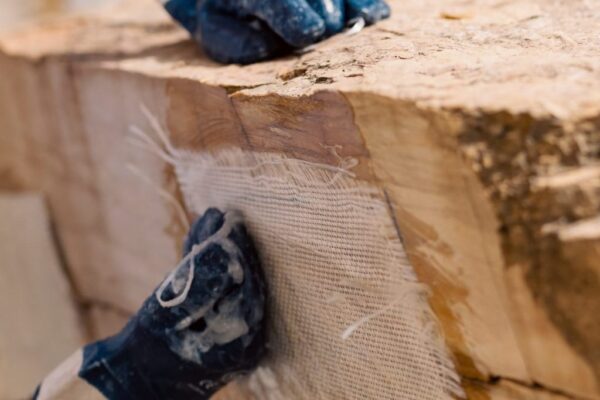ecological transition
Index
New technologies in the field of mining and impact on the ecological transition
The most recent technologies for securing the bank and for restoring blocks are of great importance when there are problems with structural defects in the material.
These technologies make it possible to increase extraction efficiency and drastically reduce waste at the same time, with a consequent improvement in sustainability, product quality, and cost reduction.
We always encourage our customers to evaluate the preference granted to suppliers and the material selection criteria on a case-by-case basis, also in consideration of these aspects.
Traditional extraction method

Le tecnologie tradizionali, attualmente largamente impiegate nel settore estrattivo dei materiali lapidei, prevedono di isolare una porzione di roccia di grandi dimensioni, tipicamente:


The bank is sectioned from the mountain with cutting technologies that involve the use of diamond wire machines and chain machines.
Natural fractures can be used instead of …
Waste management

The new concept of selective abstraction

Selective extraction represents a powerful technological response that aims to positively affect all the factors of reduction in value, namely:
▪ increase the yield of the extraction process up to 90% – 95%
▪ generate blocks of large dimensions, regular shape, and with any fractures present healed; …
The rehabilitation of the blocks extracted in safety

Impact of new technologies on:
Sustainability, Production efficiency, Quality and Production value

The extremely significant increase in the overall productivity of mining operations has a series of repercussions that have a positive impact on a whole series of factors, such as:
▪ Sustainability: use of a smaller portion of natural resources
▪ Environmental impact: drastic reduction of waste
▪ Production efficiency: greater production of blocks in quantitative terms starting from the same portion of rock upstream
▪ Quality and value of the extracted material: the regular shape, the large dimensions, and the fact of presenting systematically healed fractures are elements that determine a drastic increase in the unit value of the extracted material.
Final considerations

